IT’S a tough thing to swallow when after investing close to $100 million dollars in a new hospital to be told that all that effort was in vain. Even worse, that after waiting eight long years for its opening that it should be “knocked down” because its design is not conducive for a healthcare facility.
This seems to be the essence of what Minister for Health, Mary Isaac, expressed on Thursday as she spoke to reporters. That the beleaguered St. Jude Hospital which suffered its death by fire in September 2009 can now be described as having classroom-like quality is an insult to everyone who would have contributed to its reconstruction.
As has been the case for many decades now, the healthcare sector has taken many punches to its stomach and slaps across the face. Visit many of the wellness centres and hospitals across the island and the excuses and sub-standard treatment stick out like a sore thumb. Now, the hopes of those in the island’s south, who have been forced to make a temporary measure at a stadium run into eight years, seems daunting.
With nearly $50 million being the asking price for the completion of St. Jude Hospital, it would appear that rather than coughing up that amount, the best move is to just lose $100 million already spent. However, as a last resort, how about the complex being used for another purpose instead of just “knocking it down”?
Given the widespread devastation caused by Hurricane Irma in neighbouring countries, now is hardly the time for any government to be wasting financial resources and time on failed projects. After all, for the past few years, Saint Lucians were promised two new hospitals – the other being the Owen King-EU Hospital – and they deserve to have those promises delivered.
Earlier this year, demolition of buildings seemed high on government’s agenda when it was revealed that despite spending close to $2 million for a refurbishment phase that lasted close to two years, the main courthouse on Peynier Street in Castries was still unfit to be used for anything. Wasted time and dollars that resulted in cases being heard elsewhere and hefty rent being paid.
If Saint Lucians are to think that government truly serves the people in good stead, then at least they must have tangible proof that such is the case. Reliable healthcare and speedy justice are basic fundamentals that a citizenry need to remain relevant, safe and sustainable. If they are denied that much, how can they boast of having much? In this increasingly competitive global environment, it would serve us all in good stead if we choose to build rather than tear down.


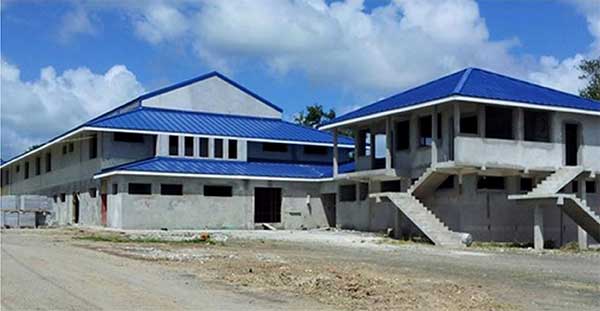


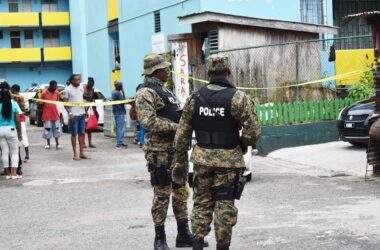

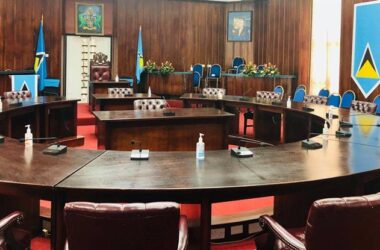



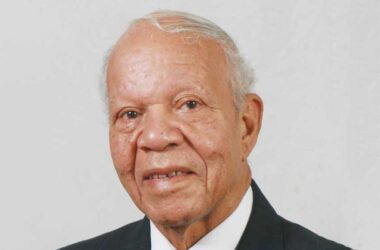


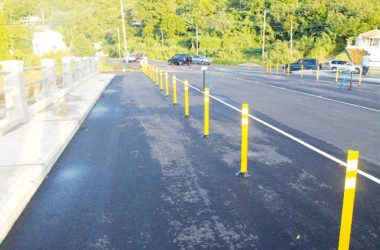
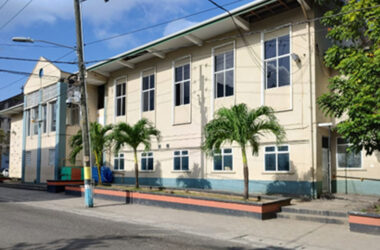
This project has been both a comedy and tragedy. I cannot find adjectives to describe the outcome–appalling, preposterous to name a few–a psychological blow, my personal view, in the face of locally registered architects. However, Jesus Christ forgave those who crucified him,” for they know not what they do”.
I can understand the circumstances. I think Dr. Kenny D. Anthony admittedly offered some explanation some months ago. My concern, however, is the poor management of such an important project. Had this project been properly managed there would be no need to spend close to a million dollars for an audit. Every project of this magnitude should have a Project Manager and Clerk of Works. The latter to keep daily records of all activities, represent client or professionals, etc.
The point is we have registered architects locally; up to now I’m not sure who the local architects were. There is some belief that that one has to have experience in a particular building type to provide architectural services but this I disagree with. With the necessary research any qualified/registered architect can design any building if he so desires. On projects like a hospital the architect must work in harmony with all the technicians, specialists, engineers, etc.–orchestration is the key.
What is appalling too is the manner we receive information on the project–lack of specificity, confusing architectural form/configuration with structure (province of structural engineers). By just looking at the end product one can see that fenestration is rather sparse, making the building look like a prison more than a hospital, not even fit for a school unless extensive remodeling and re-fenestration is done among other things. Fire egress systems too need to be reexamined. Codes, international or local are minimum standards, although our local standards are adequate.
The modern thinking on hospitals, since the late 1970s, is to create a ” home” away from home, to provide a therapeutic, healthy environment to enhance recovery, and a safe place. I recall as a member of the Health Facilities Committee of New York chapter AIA (1979-82 or thereabouts) we analyzed several hospitals in New York area including the Staten Island Hospital. There I got great insight into the building type/class, still applicable to our present situation. Response to our climate is always a criterion.
In this age of fierce hurricanes architects and engineers must work together , from the architectural form to the minute stress and strain details. The site and the building must be looked at as one entity. Even underground shelters and rainwater cisterns can be provided. This applies to houses, schools, hospitals, etc. Radical changes will be needed in sustainable building design.
I do hope that in the future this St Jude fiasco will not recur. Funding for capital projects does not come easy so the monies we get from donors need to be properly managed. We need better accountability on projects. My advice to the powers that be is to appoint an Architectural Consultant at the briefing or pre-design stage of such projects, and at all stages for that matter.
By Alexis Felix
AA, Light Construction, B.Arch., M. Arch. Registered Architect.
BIO.
Alexis Felix was the first Saint Lucian to obtain a Bachelors degree in Architecture (1972). Alexis was born in Saltibus and attended the Saltibus R.C. Infant and Primary Schools prior to attending St. Mary’s College. His father’s maternal grandfather (Hall) came from Barbados and along with his wife from the Williams family of Barbados were sent to Saltibus via St. Vincent where they had moved. It is there that my father’s mother was born. This was the heyday of colonialism. The Halls were school master and school mistress of the above-noted schools and lived next door to the school.
It is by no accident that my father placed his house next door to the school in order to facilitate his children’s education. The year after we moved to Castries (1957) the new Saltibus Combined school was built on the west side of the main road.
Alexis worked in USA for some 10 years after his bachelor’s degree and returned home in 1982 under a 2-year UNDP contract administered by the GOSL. He was Head Architect at the Central Planning Unit Architectural Section. At end of the contract he started his own architectural practice.